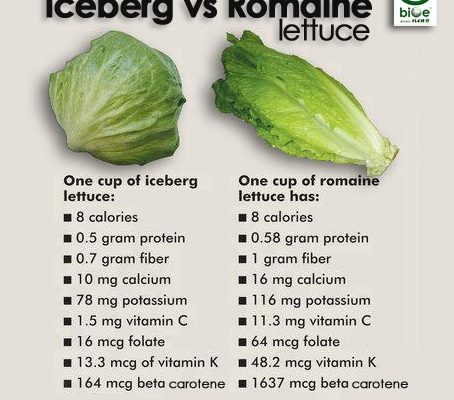
High fashion brands such as Tommy Hilfiger pursued hip hop in their fashion trends, expanding its commercial appeal. As the hip-hop music industry boomed, artists began to move towards luxury consumption, in part as a status symbol and in part to challenge fashion’s racial status quo. The mid-90s were all about bling and extravagant clothes, which were primarily popularised by icons like Snoop Dogg and Notorious B.I.G. Pivoting the Urban Influence: Mid ‘90s to Present Bright colors, oversized pants, and headwear were the elements - were trends that reigned this period. By the 1990s, the Afro-American influences started entering the domain of the hip-hop clothing industry.


In fact, the most influential collaborations of all time happened in 1984, that is when Nike collaborated with Michael Jordan to create the well-known basketball shoes Air Jordans. In fact, rappers like M.C Hammer and Fezzes flaunted blousy pants, African chains, and dreadlocks. Colors such as red, black, and green became popular in hip-hop apparel, in addition to protective hairstyles such as box braids. The late 1980s were all about African nationalism, and fashion reflected traditional African influences. Revolutionizing The Fashion Industry: Late ‘80s to Early ‘90s In fact, it was during this time luxury fashion brands such as Louis Vuitton, Fendi, Gucci began to venture into the socio-cultural domain of hip hop. It consisted of Kangol bucket hats, chunky street-tuff gold chains and name-plate necklaces, shell-toe trainers with ‘phat’ laces, and black (sometimes leather) tracksuit tops. This landscape saw a slight shift in its course during the early 80s, which emerged on the East Coast. It was only during the late 1970s that brands such as Adidas and Pro-Keds were established, and they attached themselves to the emerging hip-hop scene. The nascent stages of hip-hop fashion were all about baggy jeans, oversized t-shirts, baseball caps, and chunky sneakers.

With the commercial rise of rap music in the mid-70s, hip hop fashion followed the same trajectory and became a cultural phenomenon. The inception of Hip Hop Fashion: Late ‘70s to Mid ‘80s Since it first emerged in the 70s, styles have ranged from city to city, coast to coast, and scene to scene, moving in sync with the changing soundscape.

There’s no denying that fashion has always been an integral part of reasserting hip-hop identity and has evolved at a rate faster than one can fathom. What was earlier considered a fringe subculture garnered commercial viability and became a significant aspect of popular culture, so much so that it left an indelible mark on the fashion industry, particularly streetwear fashion. The art form was pioneered as a means of articulation of self, creativity, and expression of cultural identity. Born in New York in the 1970s, the subculture celebrated dance and music among black youth. Hip Hop’s relationship with the fashion industry has always been very interesting and one with a deep-rooted historical background.


 0 kommentar(er)
0 kommentar(er)
